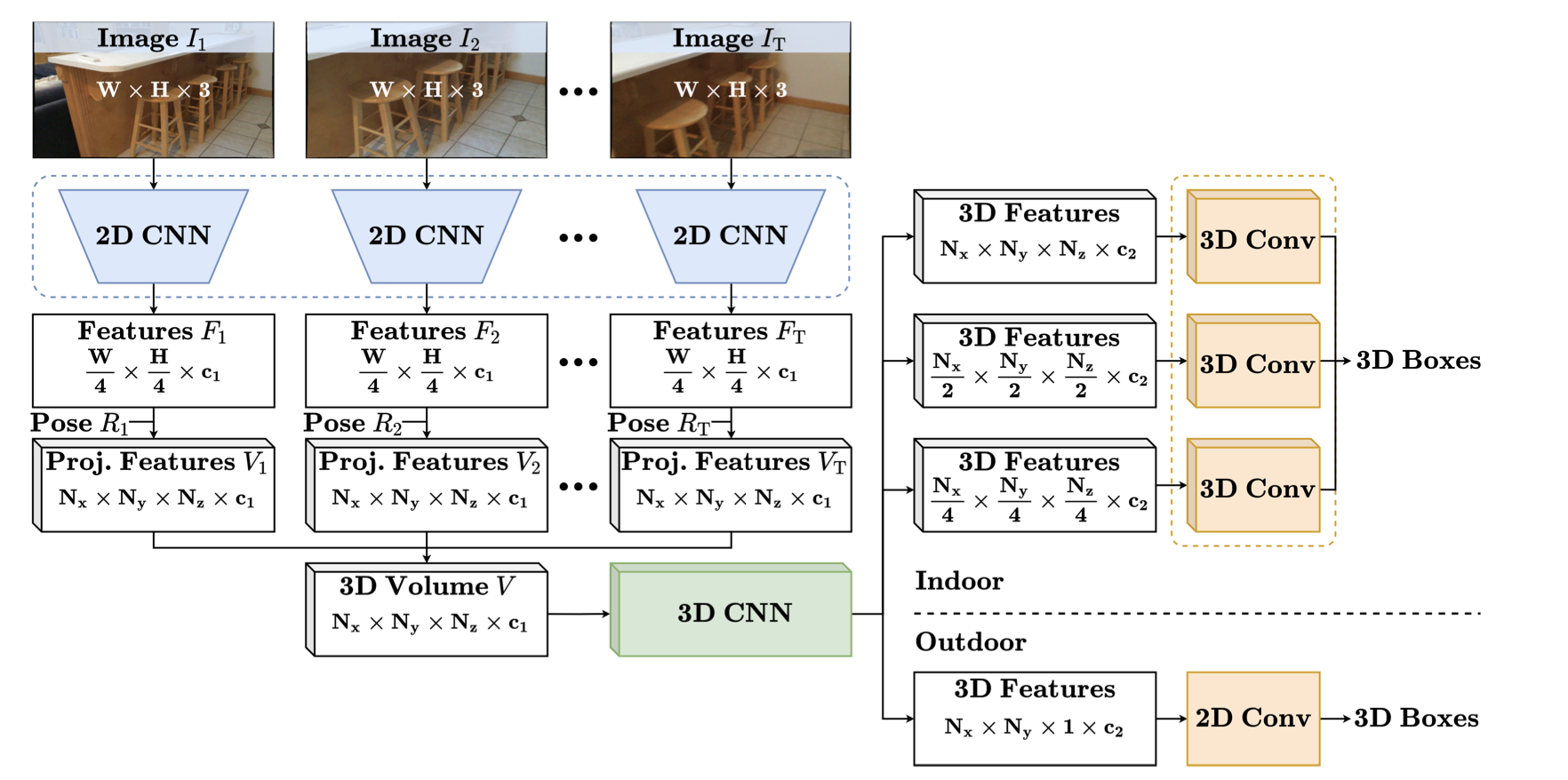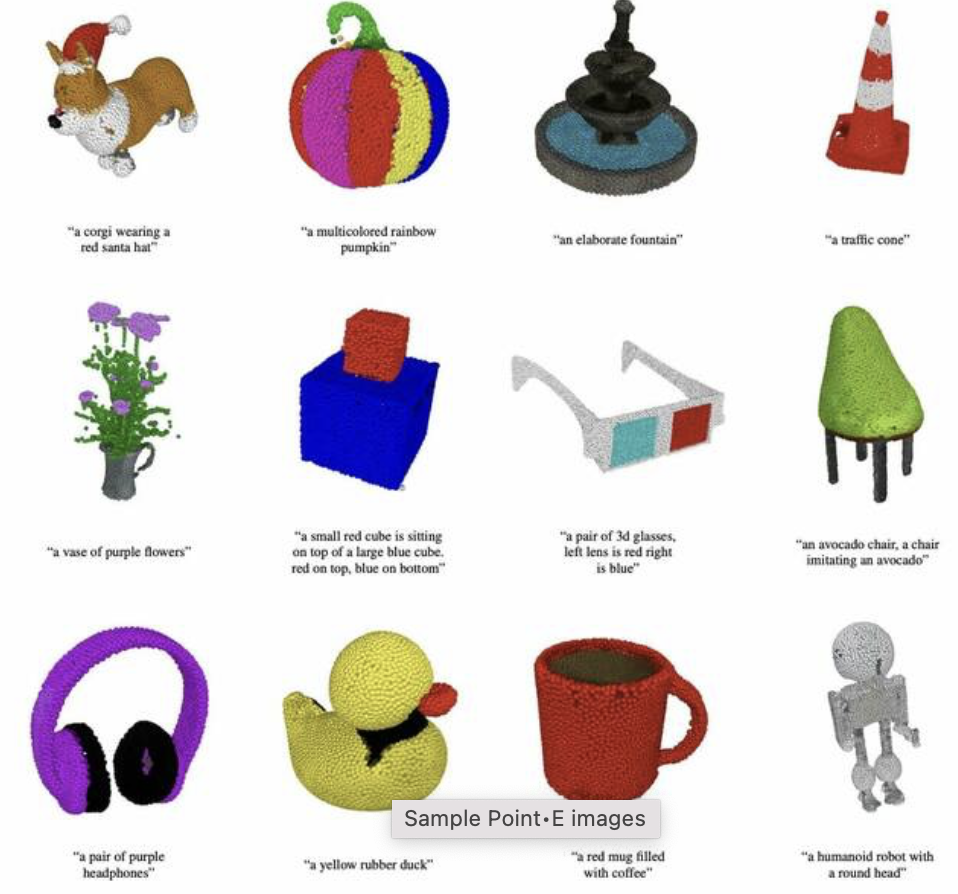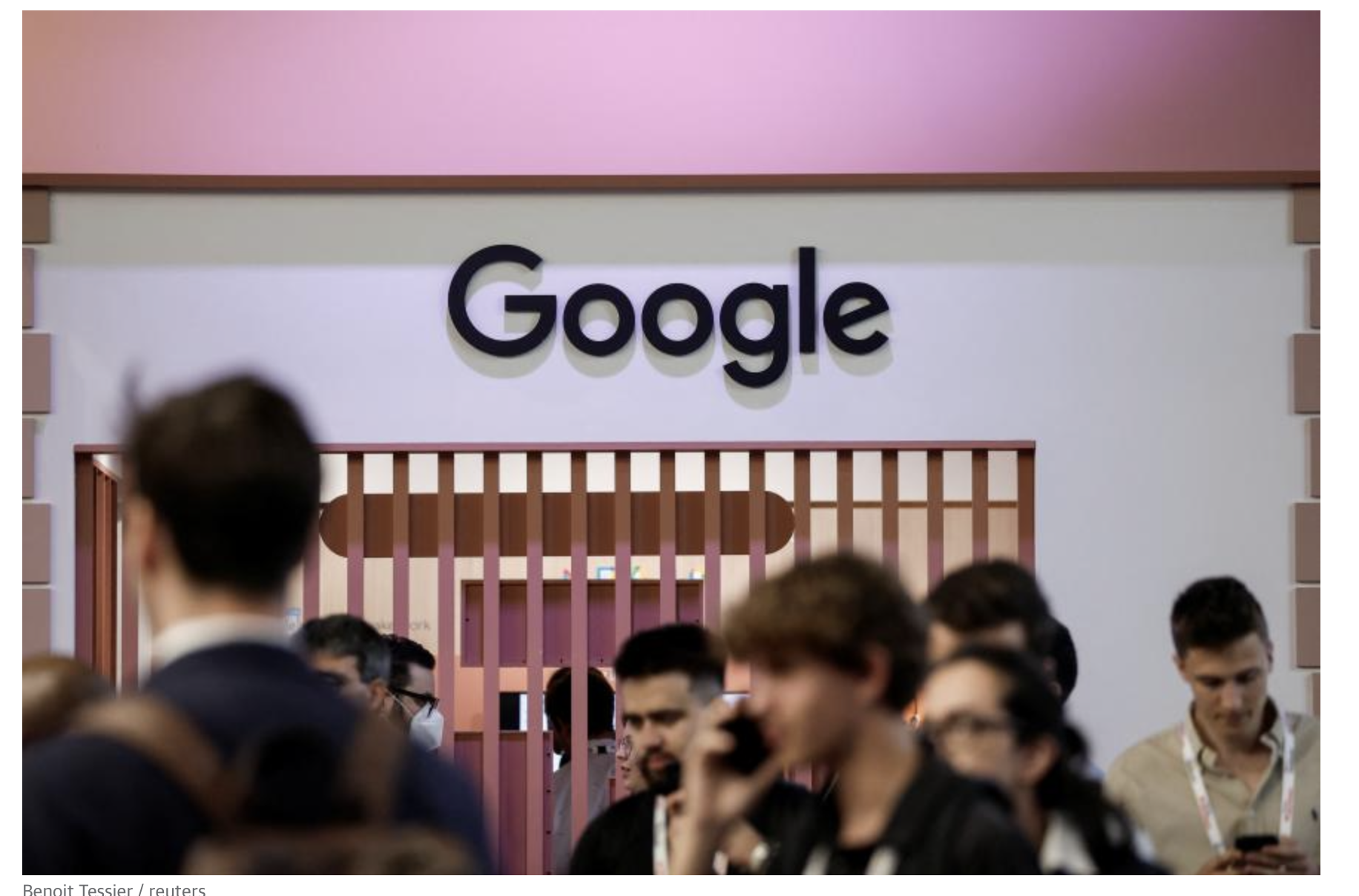|
|
0 comments

Research
- By using a suitable dataset that included 2D photos and 3D facial models or scans, researchers from Kingston University were able to solve some of the limitations of 3D facial reconstruction. Additionally, they showed how the related task of facial landmark localization may be added to the suggested framework and aid in improving reconstruction quality, particularly in the circumstances of big poses and facial emotions.

- Multi-view RGB-based 3D object recognition was presented as an end-to-end optimization challenge by researchers from Lomonosov Moscow State University. ImVoxel- Net, a revolutionary fully convolutional approach of 3D object detection based on posed monocular or multi-view RGB pictures, is the solution they suggest for this issue.
Open Source

- With the launch of Point•E, an open source project that creates 3D graphics from text prompts, OpenAI has expanded the capabilities of its text-to-image program from two dimensions into three. With its DALL•E program, which is similar to rival initiatives Stable Diffusion and Midjourney in that it can produce realistic or fantasy graphics from descriptive text, the AI research company has garnered a lot of interest.

- Two of Google's most recent privacy-enhancing technologies (PETs), including one that blurs objects in videos, will be made available to everyone for free via open source, the company said. According to Google, the new capabilities are a part of its Protected Computing program, which aims to change "how, when, and where data is processed to technically secure its privacy and safety." The first is an internal endeavor dubbed Magritte, which is now available on Github and makes use of machine learning to identify objects and blur them as soon as they appear on the screen. The other, called cumbersomely "Fully Homomorphic Encryption (FHE) Transpiler," enables programmers to operate on encrypted data without having access to personally identifying data.